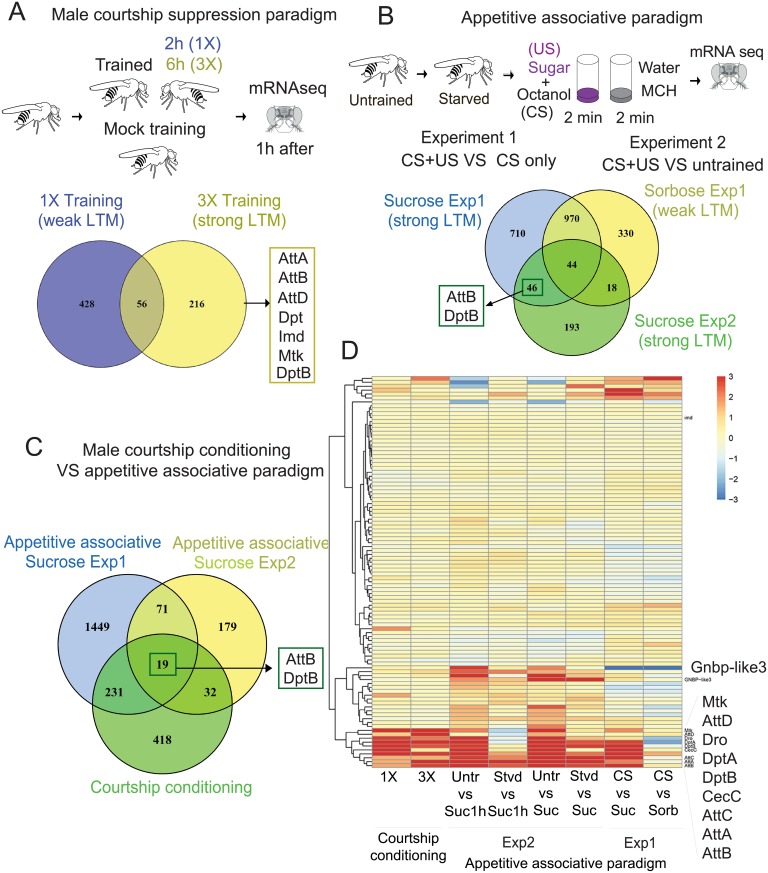Fig 1. Transcripts of some antimicrobial peptides are upregulated in adult fly head following behavioral training that produces long-term memory.
(A) Top, schematic representation of male courtship suppression training and mRNA sequencing. Bottom, Venn diagram depicting gene expression changes after 1X (blue), and 3X (yellow) training compared to the mock trained group. The antimicrobial peptide genes that are up-regulated after 3X training are indicated in the box. (B) Top, schematic representation of appetitive associative memory paradigm and mRNA sequencing. Bottom, Venn diagram comparing up or down regulated genes 4 hour after training with sucrose (two independent experiments carried out a month apart) or L-sorbose, compared to the CS only control group (Experiment 1), or the untrained control (Experiment 2). Antimicrobial peptide genes that are changed in both sucrose groups but not in L-sorbose are indicated in the box. (C) Venn diagram comparing genes that are significantly up or down regulated after male courtship suppression conditioning, and appetitive associative training. (D) Heat map showing the expression of immune genes 1 hour or 4 hours after different training conditions. The antimicrobial family is specifically altered in adult head under various behavioral conditions. Att: Attacin, CecC: CecropinC, Dpt: DiptericinA, DptB: DiptericinB, Dro: Drosocin, GNBP-like3: Gram-Negative Binding Protein like3, Imd: Immune deficiency, Mtk: Metchnikowin.

